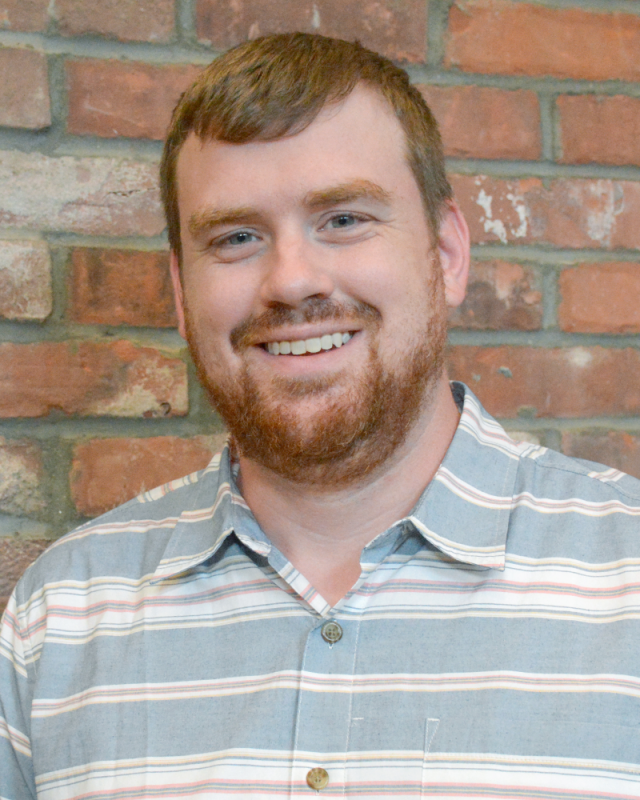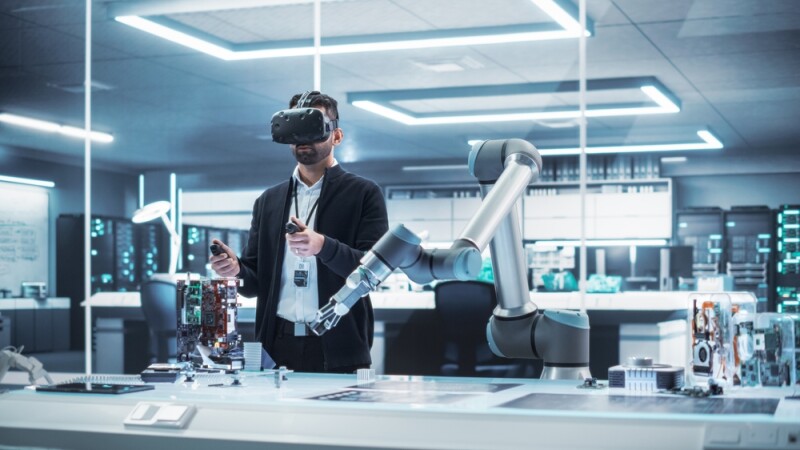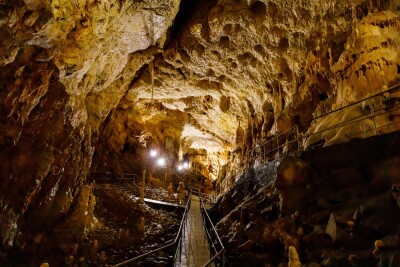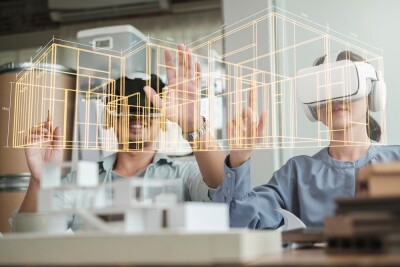Every week, we highlight stories from friends around the internet that put a spotlight on the latest from within the geospatial, advanced visualization, and AEC industries. These stories can take many different forms, whether they be about a new innovation or workflow, an interesting and/or unique use case for technology, or a higher-level look at the state of the sector. Today, we have stories about the emergence of the industrial metaverse, the state of geomatics education, and digital twins in Alaska.
Find links to the full articles below.
The Dream of the Metaverse Is Dying. Manufacturing Is Keeping It Alive
Nicole Kobie | Wired
For most of the world, the word metaverse immediately brings to mind Mark Zuckerberg, who famously went all-in on the idea for what was then Facebook, and now Meta. That consumer-focused idea hasn’t panned out to any degree close to how he had hoped at that time, and that has led to most people scoffing at the idea of a metaverse today. However, in the industrial sector, the idea lives on with the “industrial metaverse,” built largely on the power of digital twins. This article dives into the ways this idea is staying alive and helping organizations power their workflows.
Geomatics program, once under the axe, is now thriving and growing
Oregon State University
There is a real crisis in the geospatial industry with a lack of educated geomatics experts entering the industry, a gap that is only growing. There are numerous reasons for this, between a lack of focus from the industry on training the next generation, to schools cutting programs, to students being more inclined to choose other science- and engineering-focused paths. As this article highlights, though, Oregon State University is one of the places in the U.S. that is continuing to provide this program for students, even when that path wasn’t always clearly available.
How We Built Digital Twins That Could Survive Remote Alaska
Colton Anderson | Lidar News
With this article, we have a fascinating case study from a representative of Kartorium about how they were able to leverage digital twins to help bring renewable energy sources throughout the state of Alaska. This was a complex problem, particularly given the many remote areas around the state, and this article goes through the strategies undertaken to overcome the barriers and how the work is helping remote areas in the state.






